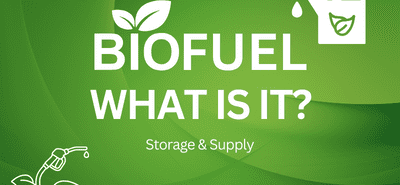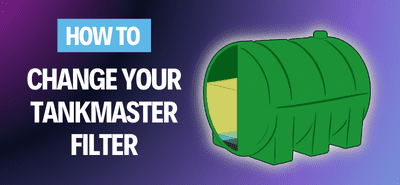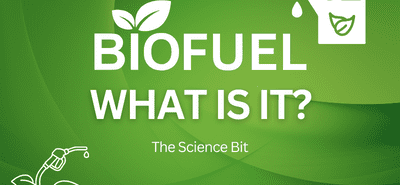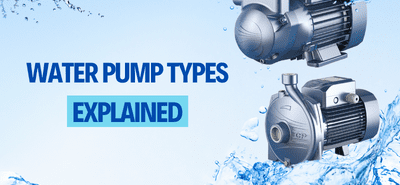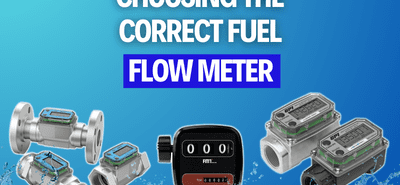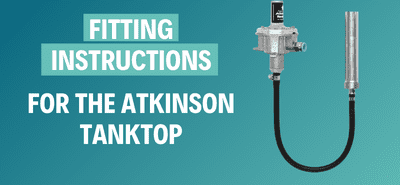Water in Your Heating Oil Tank
It can be difficult to tell if you have water in your heating oil tank until something goes wrong with your Aga or boiler. This is one thing that should be checked on a regular basis to protect yourself from an expensive call out when something goes wrong and causes a problem.
With the climate in this country and it’s ability to change very quickly, if there is water in your heating oil tank it could freeze up with the result being blocked supply pipework to your heating appliances, this could cause severe damage and of course a loss of heating when you need it most.
How does the water in your heating oil tank get there ?
There are two ways water can build up in your heating oil tank, these are from condensation or rainwater. Condensation builds up on inside walls of the tank when a temperature difference occurs between the tank and its fuel and the temperature outside. Rainwater can get into your tank a number of ways including:
- A filler cap being removed or not fully closed.
- A faulty seal.
- Damaged, broken or missing vents.
- Cracks or splits in the tank.
Even though making sure the filler caps and vents are closed properly is relatively easy, if you have one of the other problems you could need to seek the advice of an OFTEC registered engineer. However there are a few things you can do to keep on top of things yourself.
How do you find out if you have water in your heating oil tank ?
Water in your heating oil tank can be hard to see visually because water will always sink to the bottom of the oil tank. The simplest way to discover it would be to buy some water finding paste. This compound paste will change colour if it comes into contact with water in your tank. You can apply the water finding paste to a dip stick or rod that is long enough to reach the bottom of your tank, for example a garden cane could be used.
The stick is dipped into the tank through the filling point or vent so that it reaches the bottom of the tank. Depending on the manufacturers instructions on the paste you have, you may need to leave it for a while and then remove the stick slowly. If water is present, the paste would have changed colour also indicating the depth of the water problem.
How do you remove water in your heating oil tank ?
After you have checked your fuel and have found water, it is really quiet important to get rid of it as soon as you can before it gets into your boiler or Aga and causes damage. If your heating oil tank is a metal construction you will find you probably have a sludge valve at the bottom of the tank which you can use to drain off the water.
If your tank is plastic, depending on the size of the problem and the amount of water you have you may need to have the water removed with a pump. This can be achieved in several ways, you could call in an OFTEC registered engineer to do the job, alternatively a small 12v submersible pump similar to those used on caravans are suitable.
Another thing you should consider, is taking care when disposing of the water that is removed as it will be contaminated with heating oil. This should NOT be put down the drain. To dispose of it properly would be to take it to a local authority waste disposal site which should have a waste oil collection tank. You should contact your local council for advice as to where the nearest disposal site is.
You may need to have the boiler feed pipe flushed and the fuel filters changed once the water has been removed. There is also a water trap filter that can be put inline with your boiler feed pipe. This filter unit has transparent bowl so you can see any water build up and empty it via a small drain tap into a bowl or bucket.
How can I stop water building up in my tank?
The easiest way to stop water entering your tank is to make sure it is in good condition. It should be inspected at least once a year by an OFTEC registered engineer and visually inspect it on a regular basis.
To stop condensation causing a problem in your oil tank, you can purchase an oil tank sponge that sits at the bottom of the tank and absorbs the water. They are easy to install but do need to be checked regularly and changed every few months (depending on the manufacturer). The same applies as with contaminated water, the tank sponge will also have to be disposed of correctly to avoid contamination.
Hopefully you have found this guide useful and now feel more confident about keeping your heating oil tank free from water, helping to protect the rest of your heating system from damage. All of the products mentioned in the guide can be found on our web store at Fuel Dump by following the links below.
At Fueldump we can supply a heating oil tank water removal kit, this kit comes in 3 sizes and can include a Water Finding Paste, Tank Sponge, Inline Water Trap Filter, and a 12v submersible pump. Please see our full category page with all Oil Tank Water Removal products.
RELATED PRODUCTS
- Oil Heating Equipment, Oil Tank Accessories, Oil Tank Water Removal
Water Soaking Oil Tank Sponge
From £13.64 £16.37




